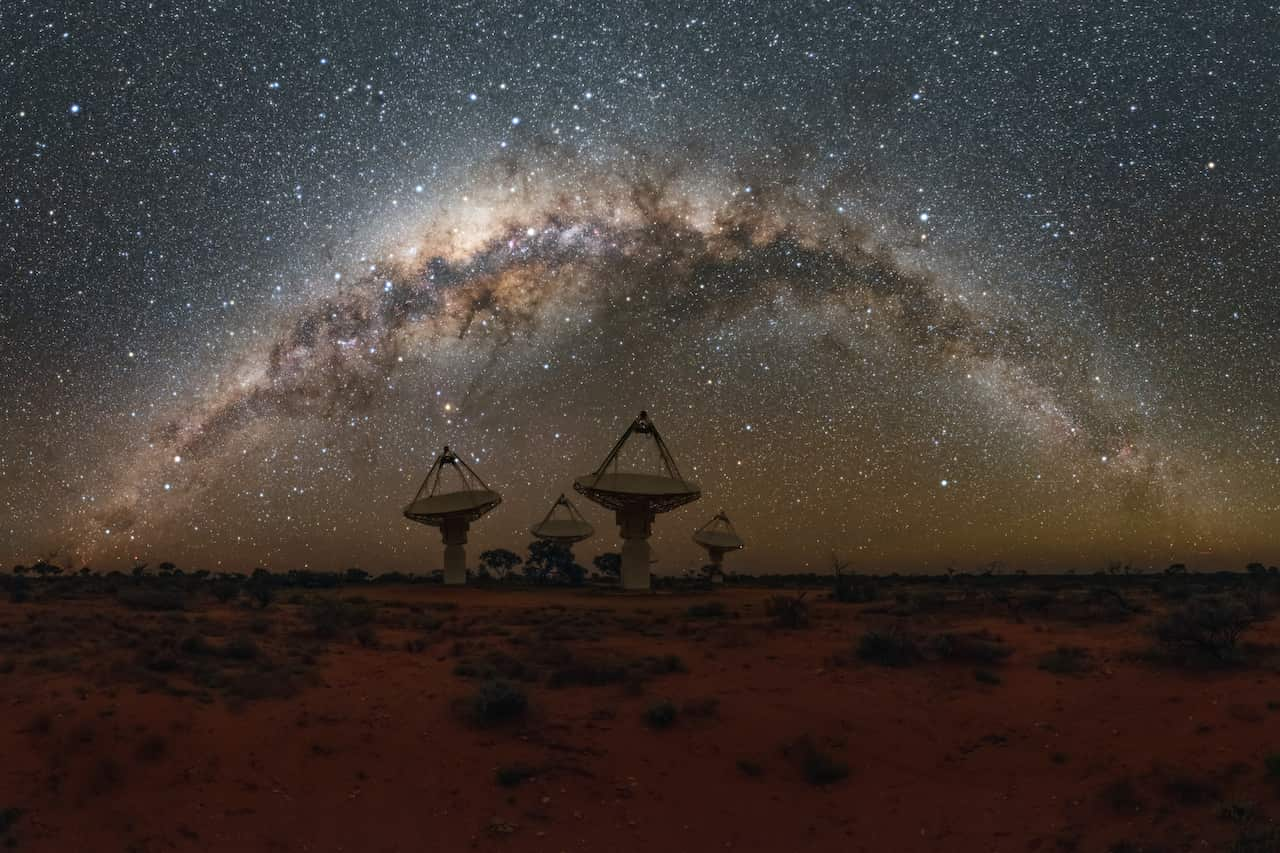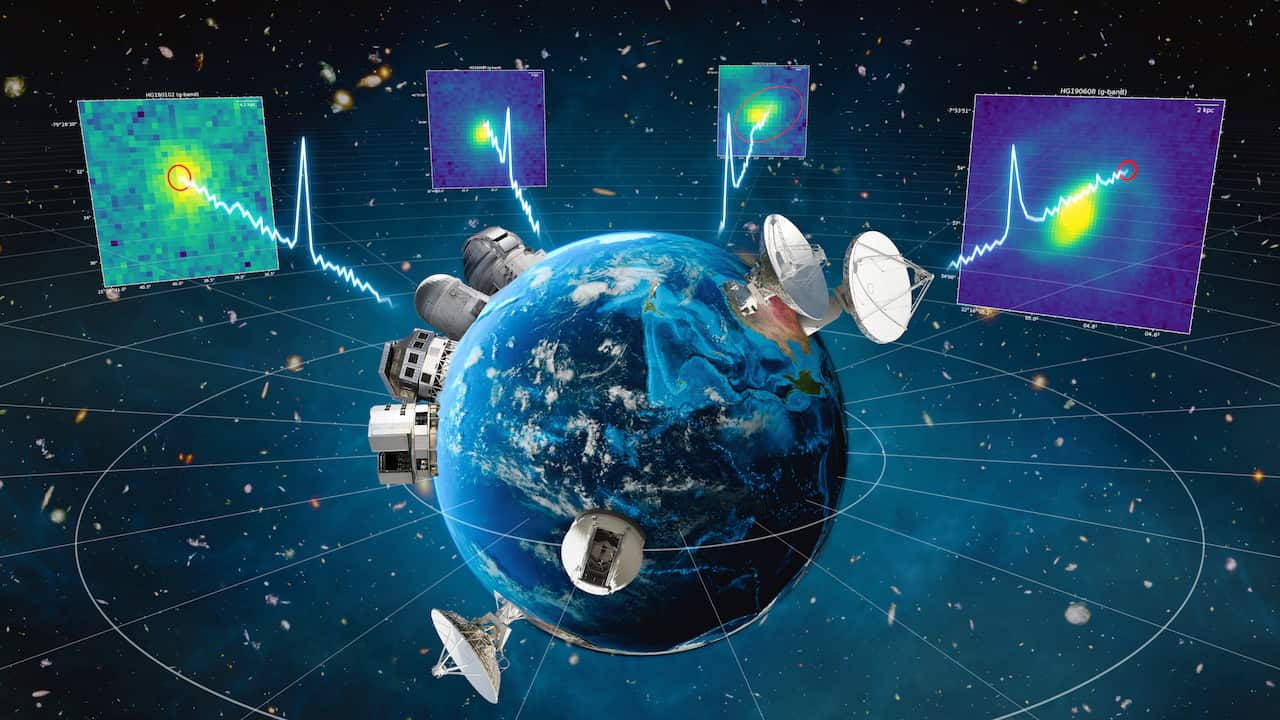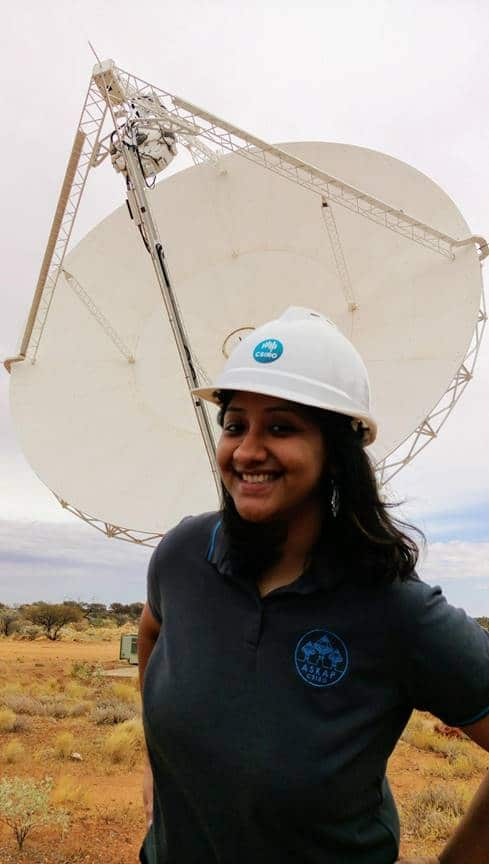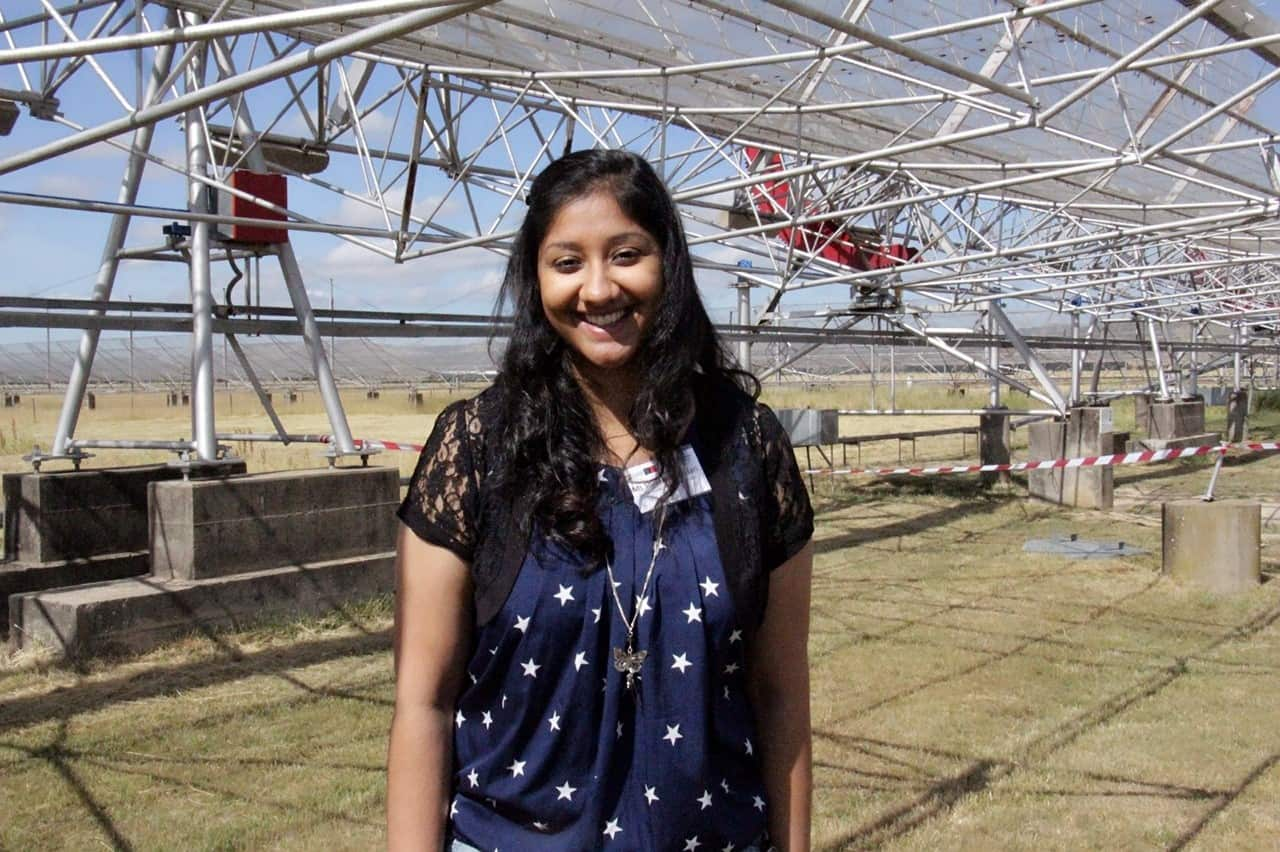Shivani Bhandari started working for a private company after finishing her engineering degree but says her heart was not in it.
‘I wanted to pursue science,’ says Dr Bhandari, who listened to her heart and followed her dream quitting her job and stepping into the field of research.
This one step has taken her to places far away in the universe, almost literally. Now an astronomer with the Commonwealth Scientific and Industrial Research Organisation (CSIRO) - Australia’s national science agency - Dr Bhandari has made a breakthrough, leading a team of researchers concentrating on mysterious signals from outer space: the precise location of four fast radio bursts.
Now an astronomer with the Commonwealth Scientific and Industrial Research Organisation (CSIRO) - Australia’s national science agency - Dr Bhandari has made a breakthrough, leading a team of researchers concentrating on mysterious signals from outer space: the precise location of four fast radio bursts.

Antennas of CSIROs ASKAP Telescope under the Milky Way in Western Australia Source: CSIRO-Alex Cherney
“Fast radio bursts is the hottest topic in the field of astronomy,” Dr Bhandari explains.
Listen to this complete interview with Dr Shivani Bhandari:
“FRBs were first detected in 2007. They are a massive burst of energies coming from the space," she explains.
"We are working out what could make such a brief signal appear so bright. In just a millisecond, a single burst releases more energy than our Sun emits in 80 years.” Using a specially designed transient detector on CSIRO’s ASKAP radio telescope in outback Western Australia, Dr Bhandari and her team have successfully located the source of four such FRBs.
Using a specially designed transient detector on CSIRO’s ASKAP radio telescope in outback Western Australia, Dr Bhandari and her team have successfully located the source of four such FRBs.

CSIRO’s ASKAP radio telescope in Western Australia detected the precise location of four fast radio bursts Source: CSIRO/Sam Moorfield
“Just like doing video calls with colleagues shows you their homes and gives you a bit of an insight into their lives, looking into the host galaxies of fast radio bursts gives us insights to their origins,” Dr Bhandari said.
Her team's findings have been published in The Astrophysical Journal Letters. Scientists are now one step closer to solving the mystery of FRBs, the messages coming from the outer space, thanks to those 36 dishes situated in the desert of Australia, and the resolve of a Delhi girl who ‘wants to contribute to the world of astronomy.’
Scientists are now one step closer to solving the mystery of FRBs, the messages coming from the outer space, thanks to those 36 dishes situated in the desert of Australia, and the resolve of a Delhi girl who ‘wants to contribute to the world of astronomy.’

Source: Supplied
During her time at the Raman Research Institute in India, Shivani came to know about Australian scientists’ work on radio astronomy.
“After gaining research experience in India, I applied for a PhD in Australia which was a huge jump for an engineer,” says Dr Bhandari, who is aware that there aren't many women in the field of astrophysics. “This is my other goal. I want to inspire as many girls as possible," she says.
“This is my other goal. I want to inspire as many girls as possible," she says.

Dr Shivani Bhandari, CSIRO Source: Supplied
"I want to tell them that this is not difficult at all. You need to be curious and determined. You don’t need to be a super genius. Just follow your passion.”




